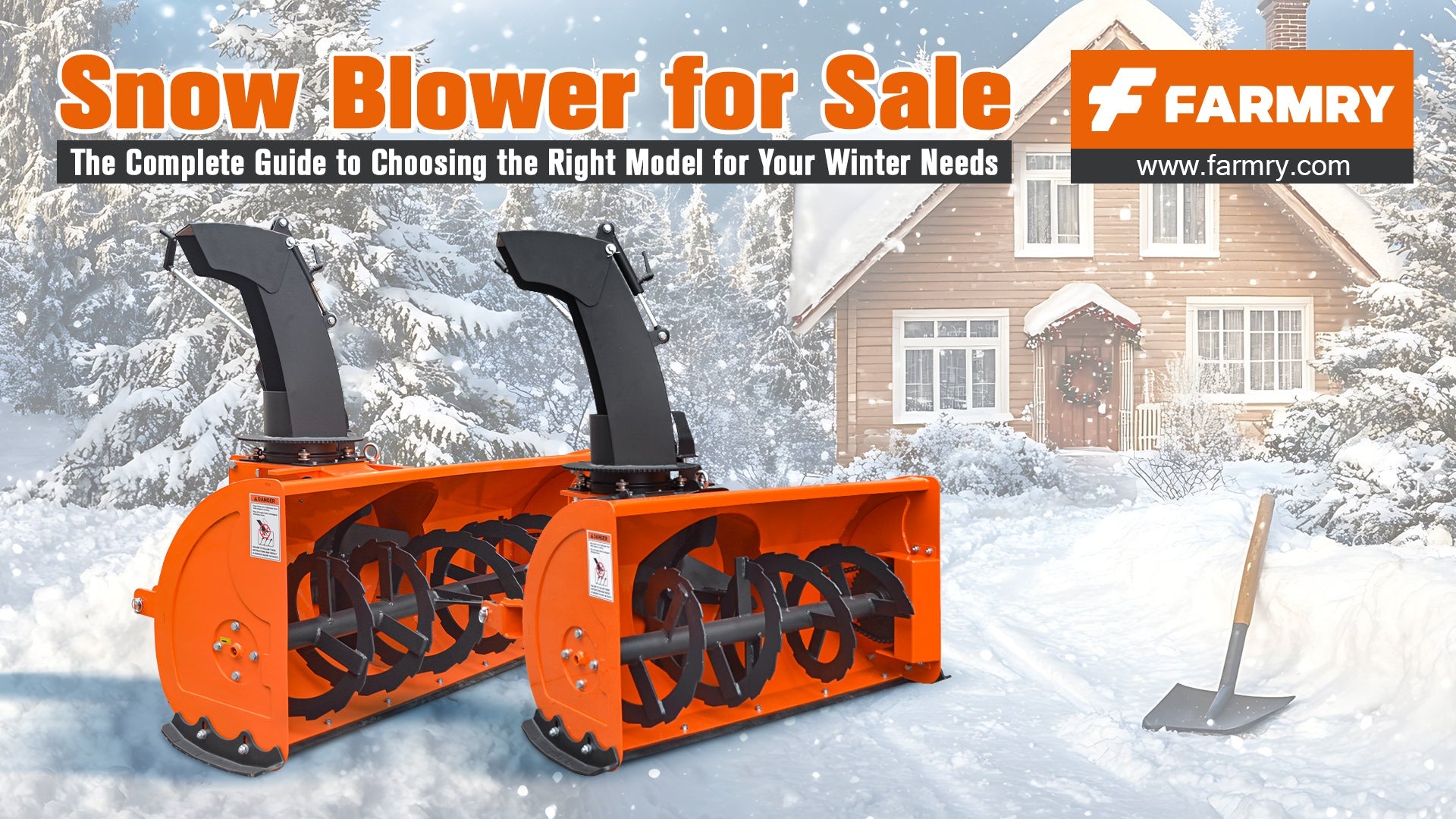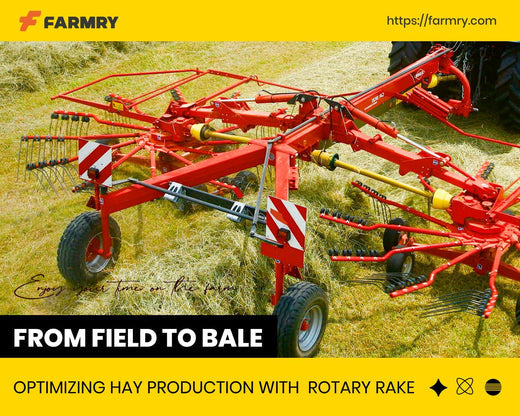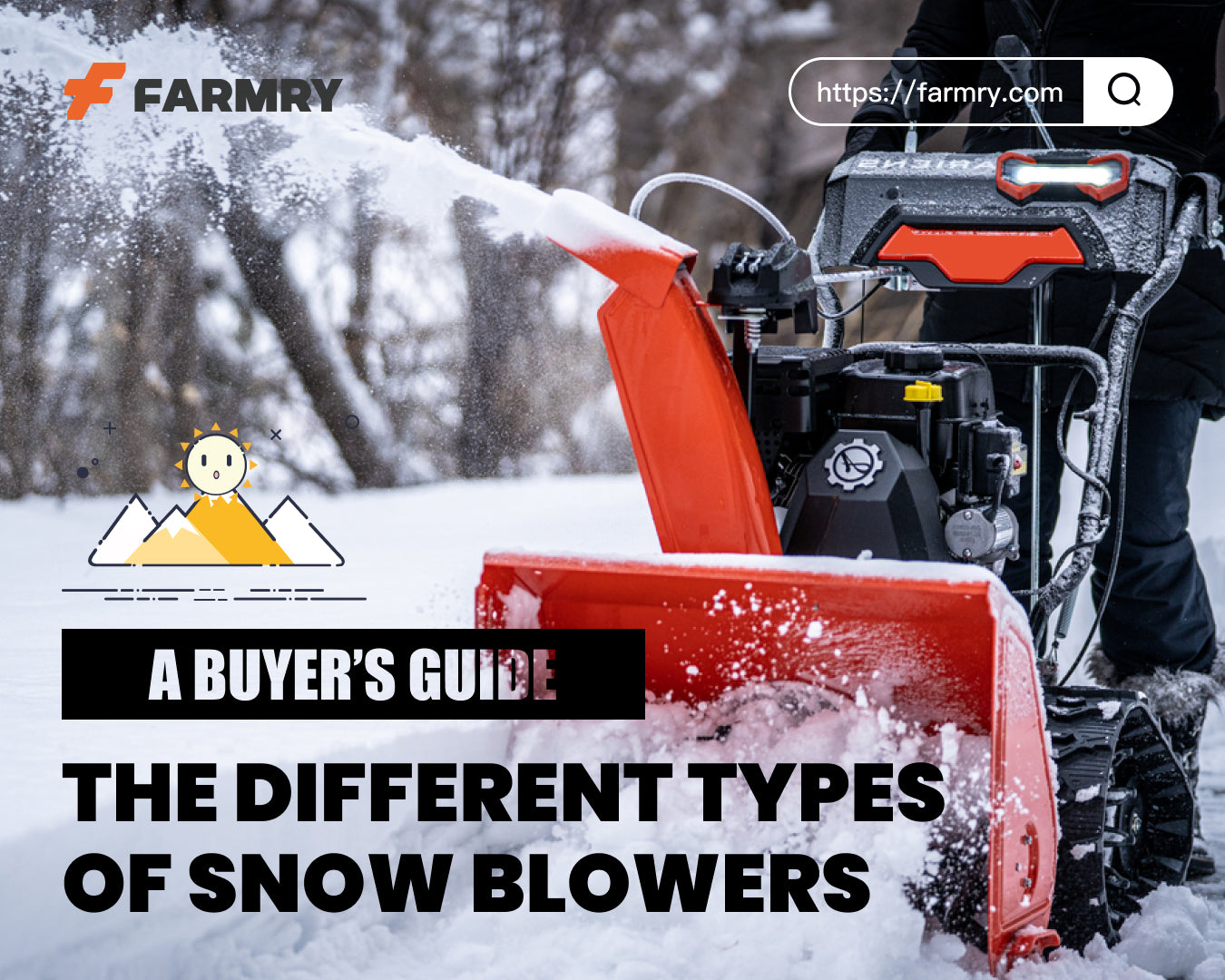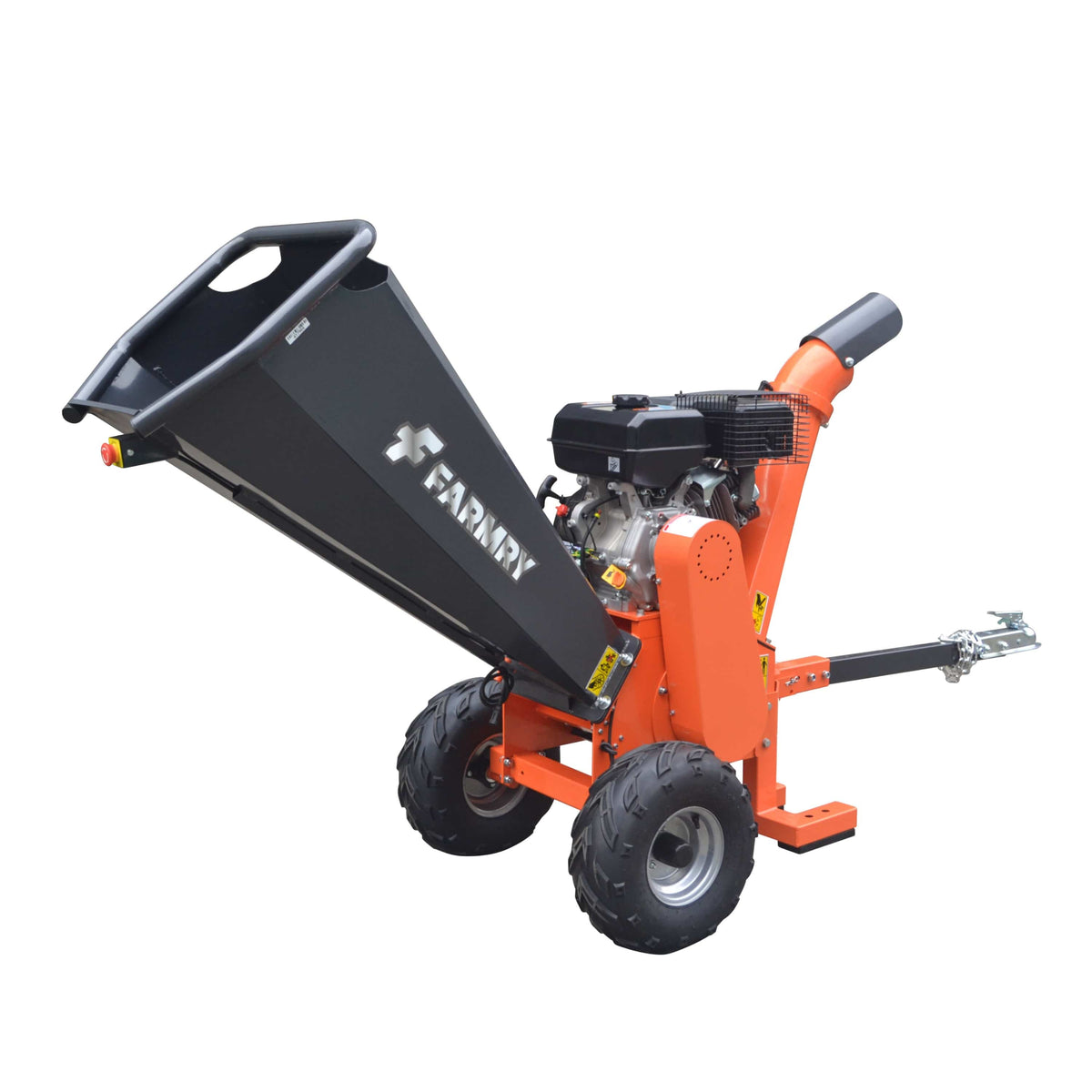What Is a Wood Chipper? The Complete Guide for U.S. Buyers
 What Is a Wood Chipper? The Complete Guide for U.S. Buyers
What Is a Wood Chipper? The Complete Guide for U.S. Buyers
Introduction – The Essential Role of Wood Chippers in Modern Land Management
If you’ve ever dealt with a storm cleanup, trimmed trees on your property, or managed brush piles after a landscaping project, you know the challenge: branches, small limbs, and tangled debris seem to multiply overnight.
Enter the wood chipper — a machine designed to transform bulky waste into wood chips or mulch in minutes.
In the U.S. market, wood chippers aren’t just for professionals. They’re found on small farms, in suburban garages, on municipal trucks, and even in the backyards of passionate gardeners. Whether you have green wood, dry wood, or mixed debris, a wood chipper helps you turn it into something useful — saving disposal costs and keeping your work area tidy.
In this guide, you’ll learn:
-
Exactly how does a wood chipper work
-
The difference between drum chippers, tree chippers, and tub grinders
-
How to choose the right model based on material diameter capacity and workload
-
The 10 types of buyers in the U.S. and their key pain points
-
Maintenance, safety, and smart buying tips
What Is a Wood Chipper?
A wood chipper (also called a tree chipper) is a machine that cuts, shreds, and processes branches, logs, and brush into smaller, manageable chips or mulch.
The original chipper design dates back decades, starting as a simple steel disk with blades mounted that spun to slice wood into pieces. Over time, technology evolved — now we have drum chippers for high-volume forestry work and smaller models for home and garden projects.
A typical wood chipper includes:
-
Hopper – the opening where you push material or let the self feed system pull it in.
-
Chipping mechanism – either a steel disk, a drum, or tub grinders.
-
Blades – sharp steel cutters that do the shredding.
-
Engine – powered by internal combustion engine or electric motor.
-
Discharge chute – directs chipped material into a pile, bag, or truck bed.
Wood chippers vs. shredders: While they may look similar, shredders handle softer materials (like leaves or garden waste) and produce finer mulch, while chippers are designed for larger branches, trees, and forestry debris.
How Does a Wood Chipper Work?
Understanding wood chipper work is key before you choose one. Let’s break it down step-by-step:
1. Feed Mechanism
The process begins at the hopper. You can:
-
Push material manually using a push paddle.
-
Use a self feed design where rollers automatically pull branches in.
-
Rely on hydraulic feed for larger branches.
2. Chipping Mechanism
The heart of the chipper is its chipping mechanism:
-
Disk Chippers – Use a steel disk with blades mounted to slice material.
-
Drum Chippers – Use a rotating drum for continuous cutting; great for whole tree chippers.
-
Tub Grinders – Large industrial machines for extreme volumes, often used in forestry and heavy equipment solutions.
3. Cutting
The blades rotate at high speed. The angle and sharpness determine chip size and quality. Dull blades slow the machine and can jam on green wood or dry wood.
4. Power Source
Two main types:
-
Internal combustion engine (gas/diesel) – More powerful, handles large pieces.
-
Electric motor – Quieter, lighter, good for smaller models in residential settings.
Key components here include the spark plug, starter cord, and belts that keep the motor running smoothly.
5. Discharge
Processed material exits via the output chute or discharge chute. You can direct wood chips into a bag, onto the ground, or into a truck.
Types of Wood Chippers & Their Applications
1. Small Residential Chippers
-
Portable, wheels for movement.
-
Good for small limbs, dry wood, and light garden cleanup.
-
Electric motor powered.
2. PTO-Driven Farm Chippers
-
Attach to a tractor.
-
Handle branches and brush piles up to mid-size diameter.
-
Ideal for lawn and garden maintenance on acreage.
3. Whole Tree Chippers
-
Massive machines for forestry.
-
Handle trees, large pieces, and heavy equipment solutions scale work.
-
Internal combustion engine powered.
4. Drum Chippers
-
Faster feed, continuous chipping.
-
Best for high-volume commercial work.
5. Tub Grinders
-
Grind not just wood, but other stuff like pallets.
-
For municipalities and waste processing.
Understanding Materials & Output Quality
Green wood contains moisture, making it tougher to process. Dry wood chips faster but can dull blades over time.
Material diameter capacity matters:
-
Smaller models: 2–3 inches max.
-
Medium: 4–6 inches.
-
Whole tree chippers: 12 inches or more.
Your end goal matters too:
-
Mulch – finer shredding.
-
Chips – coarser, good for pathways or heating (firewood heat).
Key Features to Look For
When buying in the U.S. market, pay attention to:
-
Material diameter capacity
-
Feed mechanism – manual vs. self feed
-
Engine size and type
-
Blades mounted type and replacement cost
-
Output chute direction
-
Wheels for mobility
-
Safety systems for jam clearing
Safety & Maintenance Tips
-
Keep your work area clear of bystanders.
-
Always wear PPE: gloves, goggles, ear protection.
-
Check spark plug, starter cord, and belts before starting.
-
Sharpen blades regularly to avoid slow feed.
-
Never overload with branches exceeding material diameter capacity.
10 Buyer Personas & Their Pain Points
1. Small Acreage Landowner
-
Needs a smaller model but fears underpowered machines.
-
Wants quiet operation for residential use.
2. Hobby Farmer
-
Confused between PTO and standalone.
-
Wants easy blade changes.
3. Professional Landscaper
-
Needs fast turnaround; downtime costs money.
-
Portability between jobs is key.
4. Tree Service Contractor
-
Requires whole tree chippers or drum chippers.
-
Needs durability for green wood and larger branches.
5. Municipal Grounds Manager
-
Must meet safety certifications.
-
Budget constraints on heavy equipment solutions.
6. DIY Home Improver
-
Limited storage; prefers electric motor.
-
Wants clear instructions on how does a wood chipper work.
7. Wildfire Risk Reducer
-
Needs quick brush pile clearing.
-
Concerned about spark risk from internal combustion engine.
8. Organic Gardener
-
Needs chips of uniform size for mulch.
-
Avoids contamination from treated wood.
9. Equipment Rental Business Owner
-
Wants rugged design for repeated use.
-
Needs self feed to simplify customer operation.
10. Eco-conscious Property Manager
-
Prefers electric or hybrid models.
-
Needs quiet chipping for community areas.
Wood Chippers vs. Other Machines
-
Shredders – better for leaves and soft debris.
-
Tub grinders – for very large-scale waste.
-
Chippers – best for branches, trees, and mixed forestry waste.
Conclusion – Choosing the Right Wood Chipper in the U.S.
A wood chipper is more than just a machine — it’s a productivity tool, a cleanup solution, and sometimes even a money-maker.
Whether you’re a garden hobbyist, a forestry professional, or somewhere in between, match your material diameter capacity, power source, and feed mechanism to your needs.
Maintain your blades, operate safely, and you’ll have years of reliable chipping ahead — turning piles of branches into useful mulch or wood chips.







